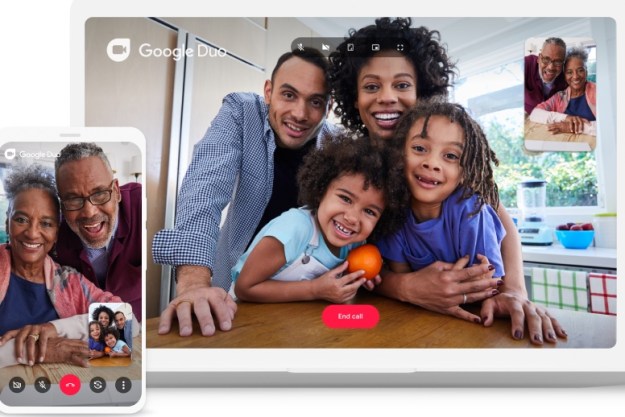Android Beam, which uses NFC connections to send information between Android smartphones, will be dropped from Android Q, but Google is already preparing its replacement in a feature named Fast Share.
The Android Beam feature, which was introduced in 2011 through Android 4.0 Ice Cream Sandwich, allowed the transfer of information such as photos, videos, contact information, and website links by bumping two smartphones together. However, it was flagged as missing on Google’s Issue Tracker for Android Q in March.
It was eventually confirmed that its omission from Android Q was not a mistake, and that
Regular Android Beam users, however, have something to look forward to in Fast Share, which Google is working on as a replacement. 9to5Google was able to get Fast Share working on a Pixel 3 XL running the
Fast Share will allow images, URLs, text, and other files to be shared between Android smartphones without the need to connect to the internet. The feature is accessible through the system share sheet, or through the Settings menu under the Google section.
The process for Fast Share retains the simplicity of Android Beam, as smartphone owners are only required to enter a Device Name and turn on the feature, while Bluetooth and Location are enabled. Once the two smartphones detect each other, a full-screen user interface will appear to show what is being shared as well as a progress indicator. The recipient, meanwhile, will get a notification to accept or decline the transfer, with the prompt showing the Device Name of the sender.
With Fast Share using Bluetooth to initiate the connection and a direct Wi-Fi connection for the transfer, the feature will be quicker for sharing large files. It also offers Preferred Visibility for frequent connections, so that they will always detect a person’s smartphone if they are nearby.
The flow of the feature seems similar to Apple’s AirDrop, but its reliance on Google Play Services may limit its reach. It is also unclear if Fast Share will require smartphones to be on a specific Android versions.
Editors' Recommendations
- Google is expanding Fast Pair, casting to more devices
- Google’s Android monopoly finds its biggest challenge, and Apple might be next
- Google readies Nearby Share upgrade to catch up with AirDrop
- How to use Nearby Share on Android devices
- Android’s Nearby Share just can’t compete with AirDrop

